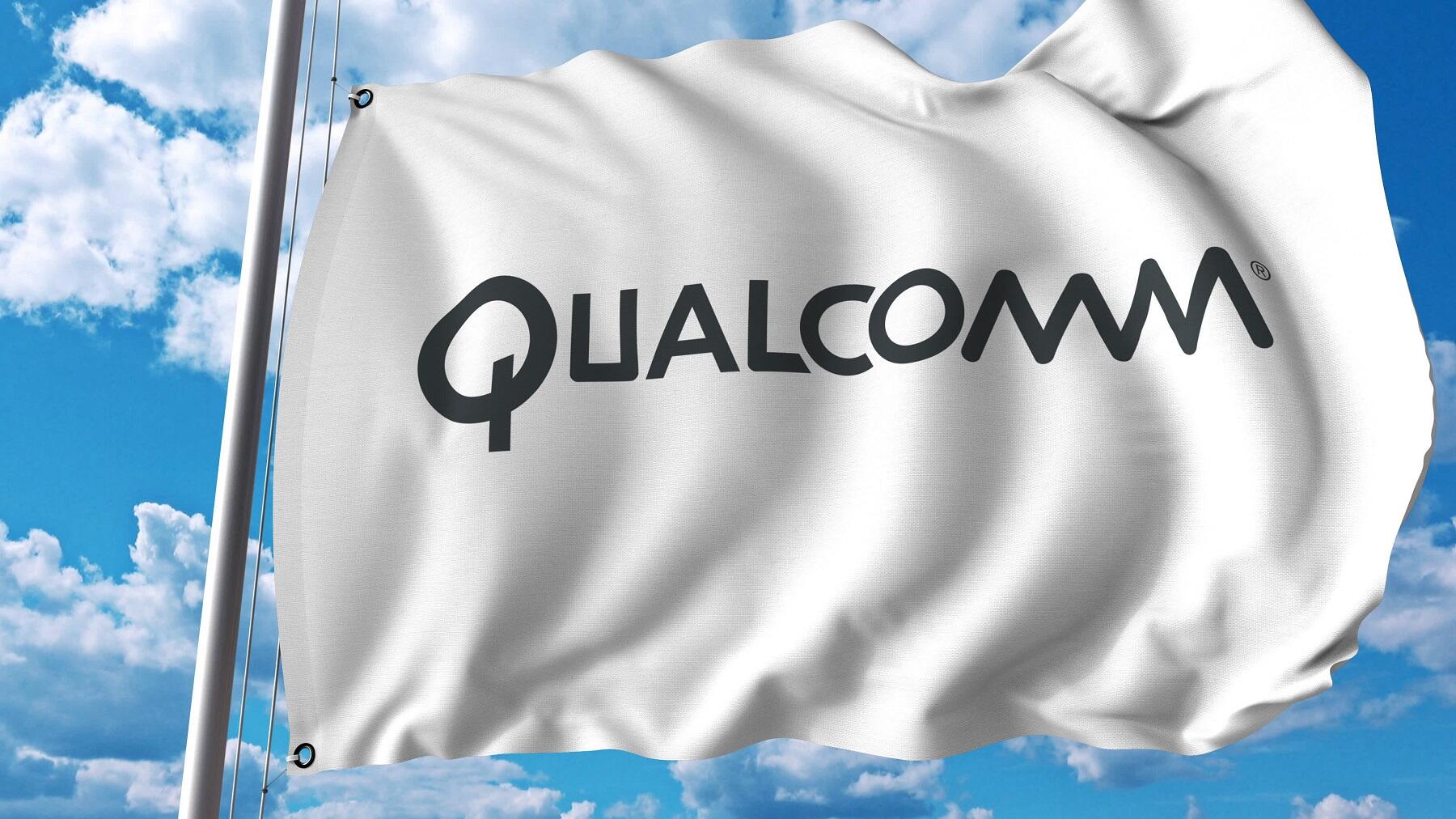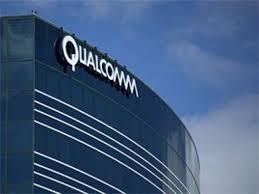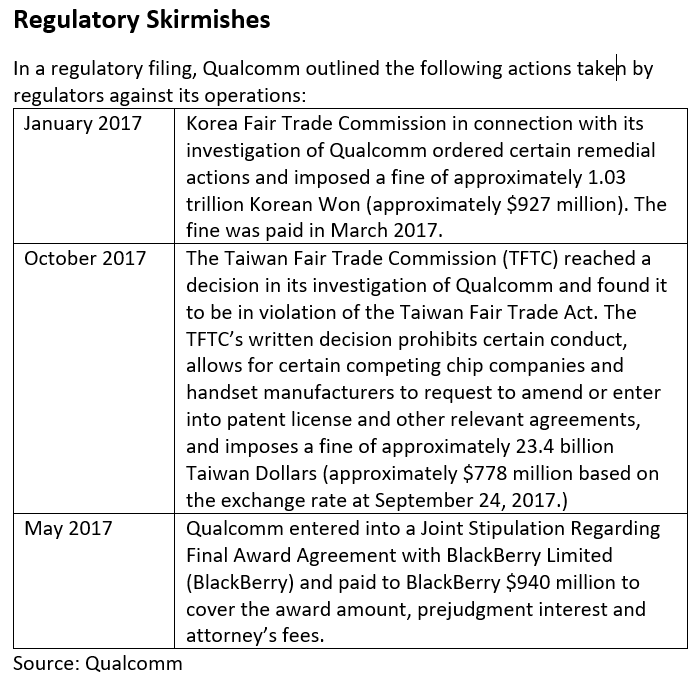Editorial: Qualcomm’s NXP Missteps
Article By : Bolaji Ojo

Qualcomm should've seen its failed takeover bid for NXP coming, reasons Bolaji Ojo. But what now?
Qualcomm found the villains elsewhere. Not at home. China, the negative environment, and “something that was above us” scuttled its $44 billion bid for NXP Semiconductor, as CEO Steve Mollenkopf reportedly framed it. Blaming someone else was easier than doing a deep dive, but were Qualcomm missteps and misreading of the competitive environment also responsible for the fiasco?

Editor’s Note: AspenCore Media’s editors took a close look at the recent collapse of the Qualcomm–NXP merger deal. Also included in this Special Project are an IoT/automotive market analysis piece by Junko Yoshida (Qualcomm–NXP Break-Up: There Will Be Fallout) and an analysis by Bolaji Ojo ( Lessons from the Broadcom–Qualcomm Debacle).
It’s a justifiable question. The Qualcomm–NXP trip was an expensive sortie: Qualcomm has paid $2 billion in mandatory break-off fees to NXP, but the bill for the hidden costs may be much higher. For nearly two years, the communications IC and IP supplier and its target endured prolonged uncertainties. Even now, the spasms from customer disruptions remain strong while many employees, though heaving a sigh of relief, must figure out where they truly belong in the enterprise.

Qualcomm is moving on resolutely from the NXP debacle. It must. However, the implications and lessons — if any — are industry-wide. One of the largest acquisitions in the history of the semiconductor industry foundered because of oppositions from various fronts, including customers who might have benefited from it. Simply dumping the blame on nebulous factors and faceless regulators will result in the industry learning nothing from the experience. Perhaps the transaction was destined to fail. Perhaps it could have been better managed and successfully, too. A thorough assessment of why this deal collapsed would offer lessons that can be applied to future deals.
It was a union steeped in controversy from the start. From the moment that Qualcomm announced the offer in October 2016, it faced persistent doubts about the expected benefits: Valuation questions dogged the two entities as NXP’s institutional investors demanded a heftier premium; wary regulators bombarded the buyer with questions, their queries fueled by unease at the prospect of creating another monopoly; and some Qualcomm customers, too, wanted to have a say, seeking a way to whittle down current and prospective royalty payments. In the end, Qualcomm caved, its resolve melting in the face of a deafening Chinese silence.
“The decision for us to move forward without NXP was a difficult one,” said CEO Mollenkopf during a presentation to analysts. “Continued uncertainty overhanging such a large acquisition introduces heightened risk. We weighed that risk against the likelihood of a change in the current geopolitical environment, which we didn’t believe was a high-probability outcome. The 21 months since we announced the NXP acquisition have been volatile.”
Which begs the question: Was Qualcomm’s board of directors oblivious to the enormous challenges that the transaction was bound to face? Also, after securing approvals from regulators in Europe, North America, and several Asian countries, why couldn’t Qualcomm wait for the Chinese to give their verdict? China kept the two parties waiting for more than one year, but it would have had to eventually take a position. So did Qualcomm’s management and board of directors finally figure out what had become obvious to external observers — that closing the deal would require a much higher payout to NXP shareholders?
Lessons (not) learned
There are no signs that Qualcomm will conduct a detailed analysis of why and how the bid unraveled. It is easier — again — to simply toss more money at stakeholders and move on. NXP’s management and shareholders who had tendered their equity could slake their thirst with $2 billion in Qualcomm’s money. But what about Qualcomm’s shareholders? The company offered them an even higher payout. Over the course of the next two years, Qualcomm plans to purchase up to $30 billion of its stocks and retire them, buoying valuation and giving holdouts opportunity for higher dividends someday.
The company wants healing from the fractious transaction by strengthening relations with customers. That won’t be easy. For nearly two years, Qualcomm talked with customers about the benefits, new products, and relationships that they can expect from the combination with NXP. “Scratch all that?” … “Yes, please.” Not an enviable conversation. Qualcomm’s corporate credibility was bound to take a hit. But, like other enterprises that had experienced similar corporate traumas, the company can recover — by presenting alternative deals to customers. Hopefully, it had such backup plans in place.
To move on properly, though, Qualcomm executives need to answer another set of questions about the future. The semiconductor market has seen a raft of acquisition deals in recent years, and Qualcomm has featured in two of the more recent ones. Does it still plan to explore other acquisition deals, or will it lay low for a while, cooling the singed fingers? In other words, does Qualcomm have other companies in its sight? Executive statements following the cancellation of the NXP deal point to a different strategy.
Qualcomm is not looking to ruffle any more regulatory feathers. The company sent strong hints to shareholders that they should not expect any large M&A deals for the foreseeable future. Rather, it will return the $30 billion to investors via an accelerated stock repurchase program. The cash will come from the $36 billion hoard built up over the last years to fund the NXP deal. Qualcomm this week commenced the first tranche of the share repurchase program with an offer to buy $10 billion “of its common stock” by Aug. 27.
If fully subscribed at the high end of the “final purchase price” of $67.50 per share determined by Qualcomm, the transaction would “represent approximately 10.1 percent of our issued and outstanding shares as of July 25, 2018,” said the company in a regulatory filing. It is possible that more than 11% of the company’s outstanding shares could be purchased in this first round, it said.
Conclusion? The first lesson that Qualcomm learned is to take the money and run. After putting shareholders through this grueling uncertainty with the NXP deal, Qualcomm is placating investors by returning cash to them. There’s a second lesson, however. With more than $36 billion in cash and marketable securities at the end of its latest quarter, Qualcomm stands the risk of becoming an acquisition target again. It slipped out of Broadcom’s grasp when the U.S. government intervened and scuttled the $121 billion transaction on the grounds of “national security.”
Broadcom’s loss represents an opportunity for a different enterprise. And Qualcomm’s huge cash could prove to be an incentive to a new suitor who can use part of the cash to finance the purchase in a leveraged buyout. Qualcomm has now made sure that it can avoid such a fate. With the share repurchase program, a suitor will find the company drained of cash — a disincentive compounded by $22 billion in short-term and long-term debts as of the close of the last quarter.
Lessons learned
So if Qualcomm is not going to conduct an exhaustive review of why its NXP move failed, we would like to take a stab at it. Perhaps the findings will result in lessons that can benefit the rest of the industry. Here it goes:
First, Qualcomm’s management and the board of directors misread the intensity of the economic and geo-political events pitting China against the United States. Worse still, they ignored the history of their own recent experiences in China and other countries where Qualcomm faced allegations of anti-trust practices. Executives also closed their eyes to deep industry opposition to the company’s dominance of the core technology behind wireless mobility and the company’s desire to extend this even deeper into new and emerging markets.
Closer scrutiny, wary competitor, toxic environment
In the toxic environment fostered by the heavy dependence of governments, competitors, and even customers on its IP, Qualcomm should have anticipated closer scrutiny of the NXP acquisition. While executives on a conference call indirectly blame China, objections to the transaction were more widespread.
Qualcomm ignored numerous warning signs, including a fat target painted on its back by governments, rivals, and customers envious of its fat licensing margins and hardball practices against real and perceived violators of its intellectual property. First, it appeared to have failed to notice China’s growing angst about how recent changes in the semiconductor industry’s competitive landscape — primarily through M&As — were inimical to the country’s clearly stated objective of playing a bigger role in the segment (more on this below.)
Qualcomm similarly ignored the history and implications of its monopoly position in the market for the core CDMA technology behind any wireless devices. Its IP was ubiquitous and dominant for years in the segment, giving it an unassailable — but equally envied and detested — leading position. OEMs, design firms, and other semiconductor companies grudgingly paid hefty royalties to Qualcomm while some national governments in Europe and Asia were deeply concerned that the American company’s dominance could spell trouble for their communications development plans.

The company should have paid closer attention to the fat target on its back. Not only has it been getting pummeled by regulators in China, Taiwan, Korea, and the EU, it is also fending off opposition to its licensing practices from customers in North America — Apple, for example — and elsewhere. Qualcomm, in obligatory disclosures in its filings with the U.S. Securities and Exchange Commission, detailed some of these charges and the challenging implications for its business. In its last annual filing with the SEC, the company noted:
We are currently subject to various governmental investigations and/or proceedings, particularly with respect to our licensing business, and certain such matters are described more fully in this Annual Report in “Notes to Consolidated Financial Statements, Note 7. Commitments and Contingencies.”
Key allegations in those matters include, among others, that we do not license our cellular standard-essential patents separately from our other patents, that we violate FRAND licensing commitments by refusing to grant licenses to chipset makers, that our royalty rates are too high and/or that the base on which our royalties are calculated should be something less than the wholesale (i.e., licensee’s) selling price of the applicable device (minus certain permitted deductions).
The company had been engaged in firefights with regulators in many regions over its dominant position in CDMA licensure for years. It was investigated and accused of anti-monopoly practices in China, Europe, Japan, and South Korea. The problem in China has been protracted, dragging on for at least the last four years and fueled partly by local OEMs such as Huawei. Chinese companies especially feel aggrieved because of their inability to develop alternatives to Qualcomm’s IP — resulting in a heavy dependence on the American chip vendor.
In fiscal 2017, for example, China accounted for 57% of Qualcomm’s total revenue of $22 billion. Although most of the sales are attributable to western OEMs operating in China, a large chunk was generated from sales to local communications equipment vendors. This has always been an irritant to China’s regulators and the national government, which, on numerous occasions, had indicated its preference for locally developed technologies — partly for economic reasons but nowadays increasingly to protect its communication systems from rival powers like the United States.
Friendly fire
The greatest fear that rivals and customers had about the combination of Qualcomm and NXP was ironically spelled out by Qualcomm itself in its latest annual filing with the SEC. The company laid out the case for its future growth, noting that this would depend upon its “ability to extend our technologies, products, and services into new and expanded product areas, such as RF-Front End, and adjacent industry segments outside of traditional cellular industries, such as automotive, IoT, and networking, among others.”
This vision was spelled out by both Qualcomm and NXP in the statement announcing the acquisition. Rick Clemmer, CEO of NXP, said:
“The combination of Qualcomm and NXP will bring together all technologies required to realize our vision of secure connections for the smarter world, combining advanced computing and ubiquitous connectivity with security and high-performance mixed-signal solutions including microcontrollers. Jointly, we will be able to provide more complete solutions, which will allow us to further enhance our leadership positions and expand the already strong partnerships with our broad customer base, especially in automotive, consumer, and industrial IoT and device-level security.”
That prospect must have been frightening to companies already paying royalties to Qualcomm, many of them also exploring opportunities in the market for connected devices. Was it surprising that these entities goaded regulators to demand concessions from Qualcomm about the deal? Not at all. Even the European Union — an entity that may be assumed to be more likely to welcome a combination between a U.S.-based company and the Netherlands-based NXP — laid out stringent conditions that it expected the two companies to meet. Its approval dragged on similarly for months because of the following concerns:
- The merged entity would have had the ability and incentive to make it more difficult for other suppliers to access NXP’s MIFARE technology by raising the licensing royalties or by ceasing to license MIFARE altogether.
- The merged entity would also have had the ability and incentive to degrade the interoperability of Qualcomm’s baseband chipsets and NXP’s NFC and SE chips with rivals’ products. As a result, smartphone manufacturers would have preferred the merged entity’s products over those of rival suppliers, who risked being marginalized.
- The merged entity would have combined the two companies’ significant intellectual property portfolios related to NFC technology. This would have increased the merged entity’s bargaining power, allowing it to charge significantly higher royalties for its NFC patents than absent the transaction.
Royal(ty) drama
Qualcomm licensees have long been chafing under what they considered to be excessive royalty payments. Even before the announcement of the Qualcomm–NXP transaction, some Qualcomm customers were showing signs of strong oppositions to its royalty demands. Months after Qualcomm made the bid for NXP, some of the company’s clients reduced or stopped paying royalties. Leading the group was Apple Inc. and its contract manufacturer, Foxconn. The companies made no payments to Qualcomm starting in the third quarter of fiscal 2017, sparking a court fight. The case has not been resolved.
These spats have hurt Qualcomm over the years. Revenue for the fiscal year ended Sept. 24, 2017, dropped to $22.3 billion, from $23.6 billion in fiscal 2016, continuing a slide that started one year earlier. Revenue for the current fiscal year are expected to be unchanged from the preceding year, according to financial analysts polled by Yahoo! The revenue decline stems primarily from lower licensing payments. The company recorded licensing sales of $5.6 billion for fiscal 2017, down 30% from $8.1 billion in fiscal 2016.
The licensing revenue situation hasn’t improved much since. In the first quarter of the current fiscal year, licensing revenue sank 28% year-over-year to $1.3 billion from $1.8 billion. Meanwhile, product sales rose 13% to $4.7 billion from $4.1 billion in the comparable quarter of the prior year. The decline in licensing revenue was sharper in the fiscal second quarter, dropping to $1.3 billion, down 44% from $2.3 billion in the fiscal 2017 second quarter. In the recently ended June quarter, licensing sales improved dramatically due to the receipt of a lump payment of $500 million from a licensee, helping to push revenue for the unit up 25% from the year-ago quarter to $1.5 billion from $1.2 billion. Meanwhile, the licensing dispute with Apple and its contractors rages on.
These were the sorts of quarrels that Qualcomm hoped would be reduced with the purchase of NXP. The drawing board beckons. Again.
— Bolaji Ojo is Editorial Director at ASPENCORE Media. The views expressed in this article are those of the author alone, who promises to base his sometimes biased, possibly ignorant, occasionally irrelevant, but absolutely stimulating thoughts on the subjective interpretation of verifiable facts alone. Any comments should be sent to the author at bolaji.ojo@aspencore.com.
Subscribe to Newsletter
Test Qr code text s ss


